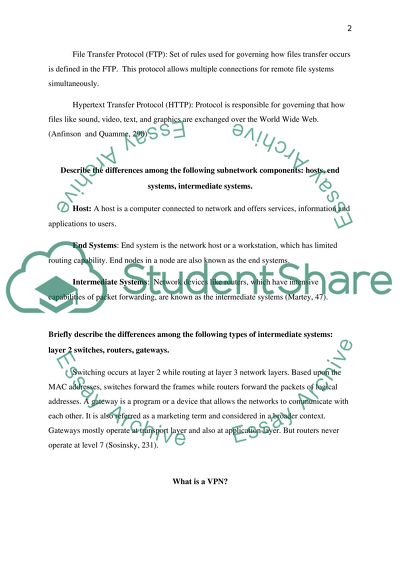Memo Case Study Example | Topics and Well Written Essays - 500 words - 3. Retrieved from https://studentshare.org/information-technology/1640405-memo
Memo Case Study Example | Topics and Well Written Essays - 500 Words - 3. https://studentshare.org/information-technology/1640405-memo.


